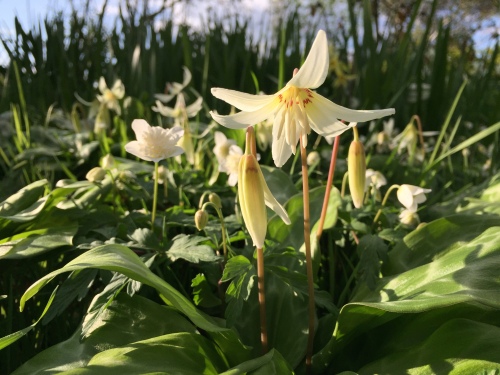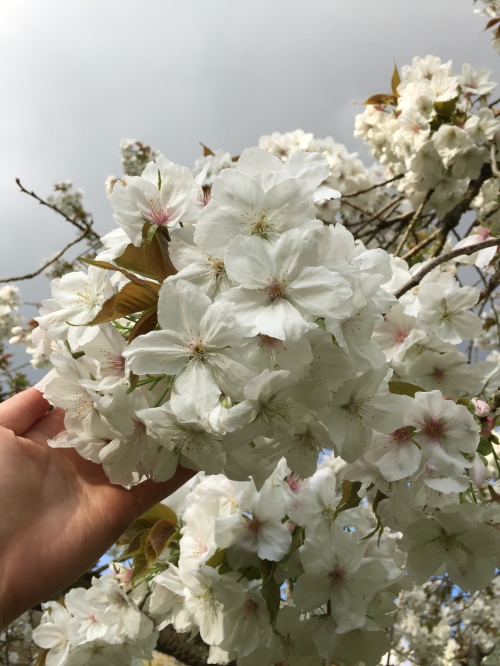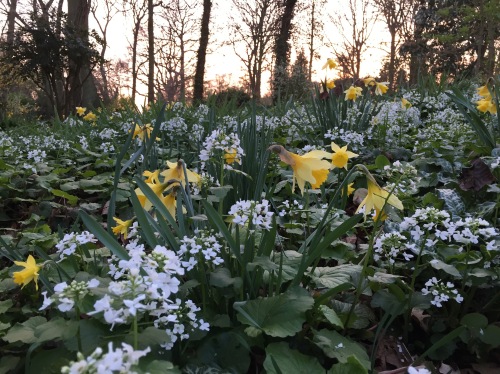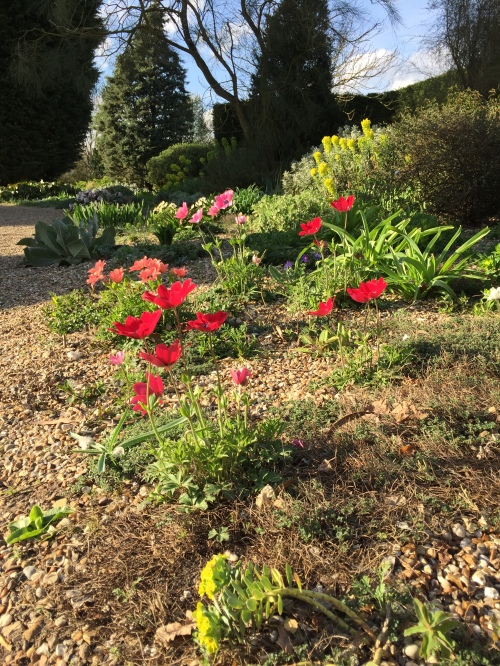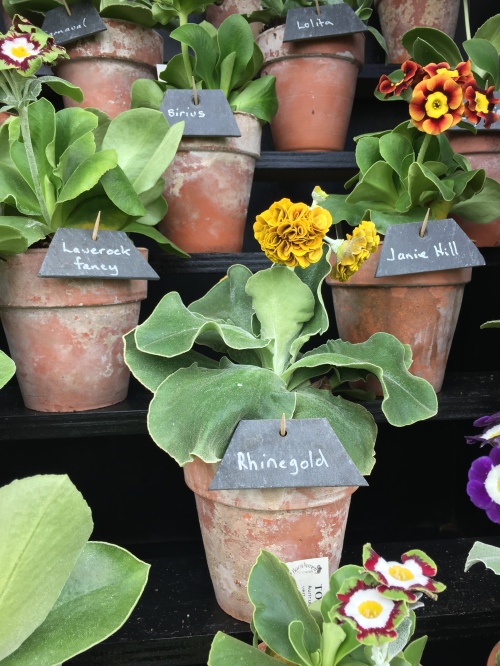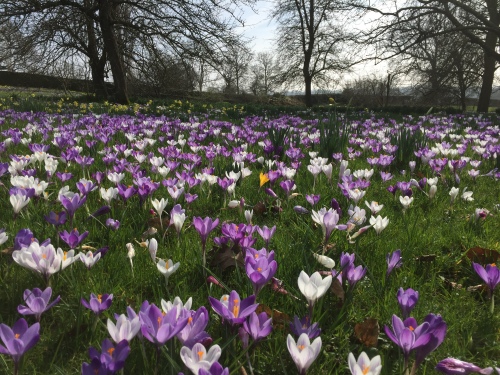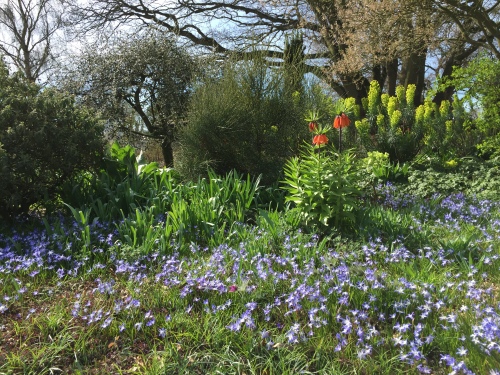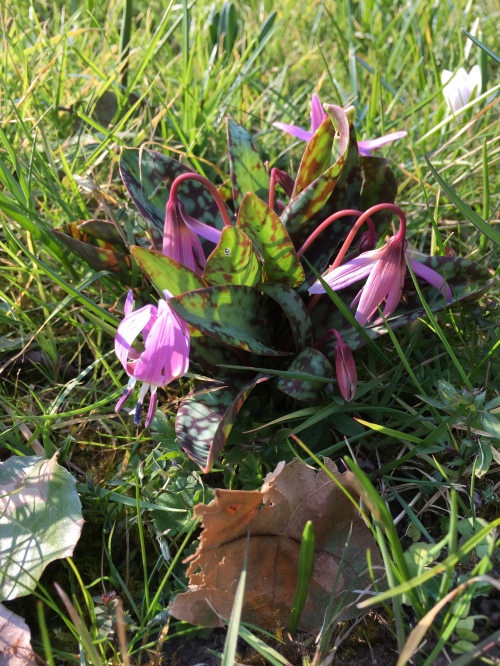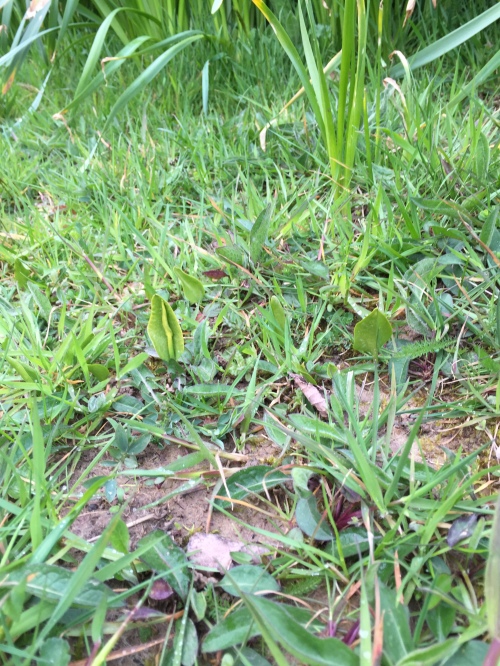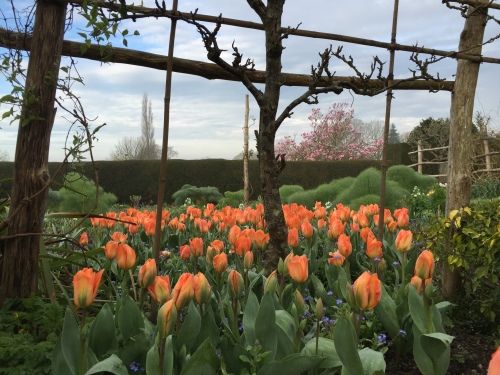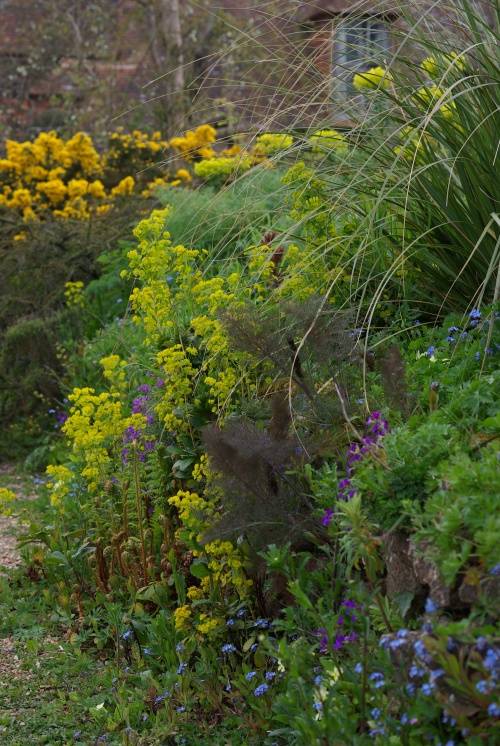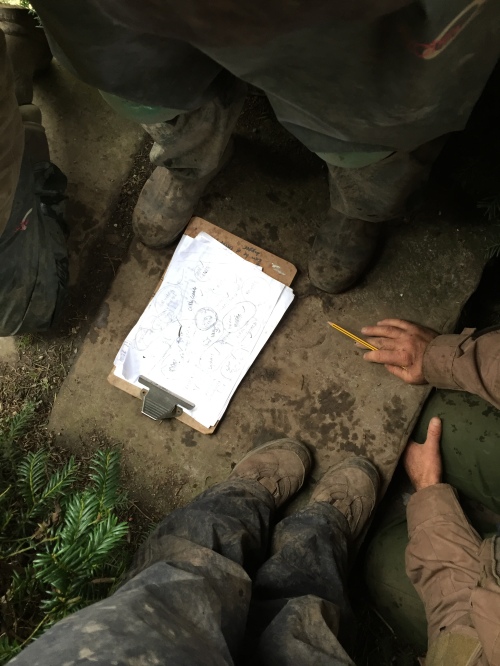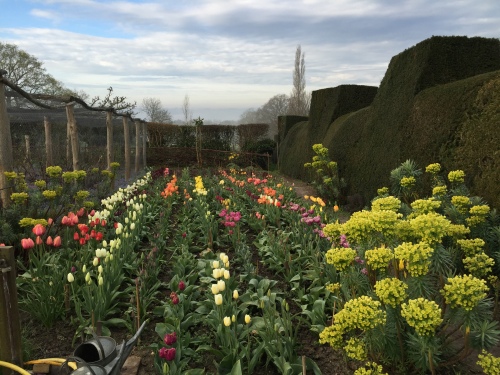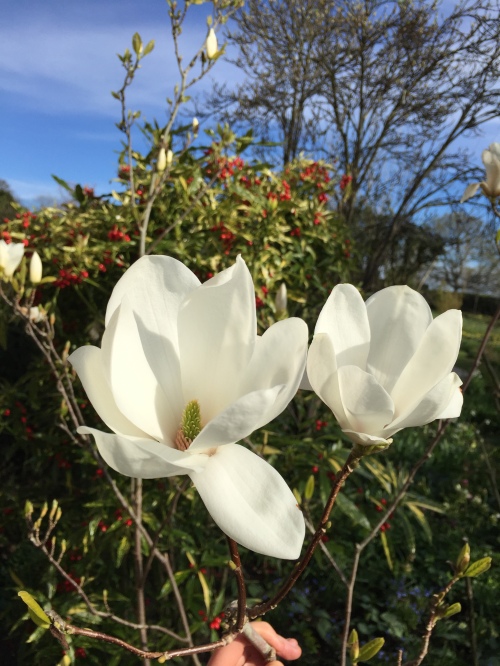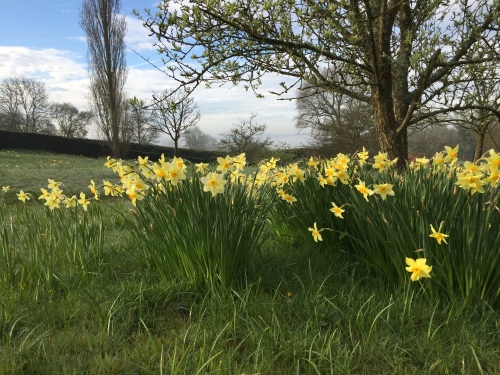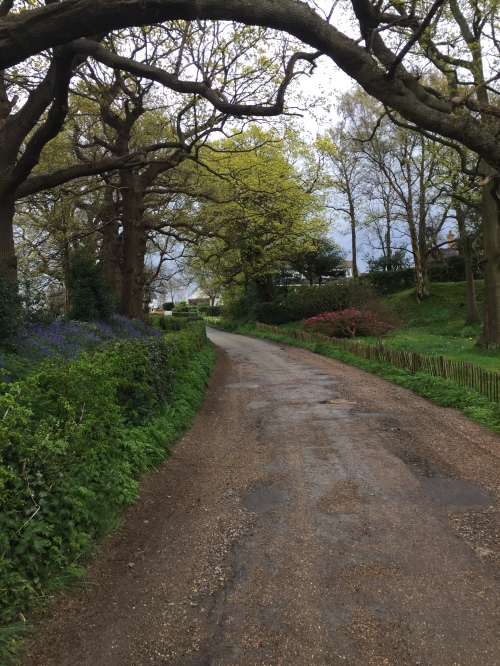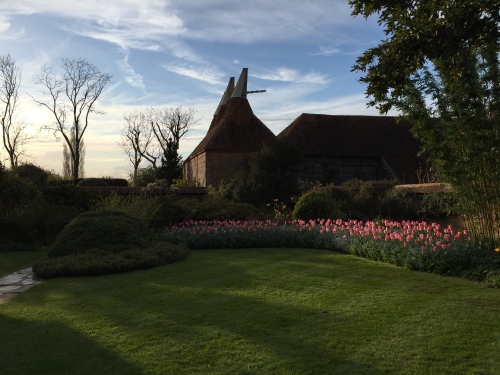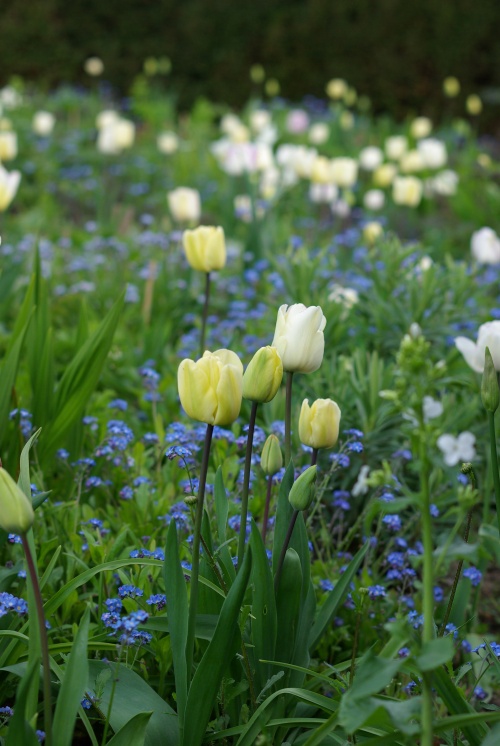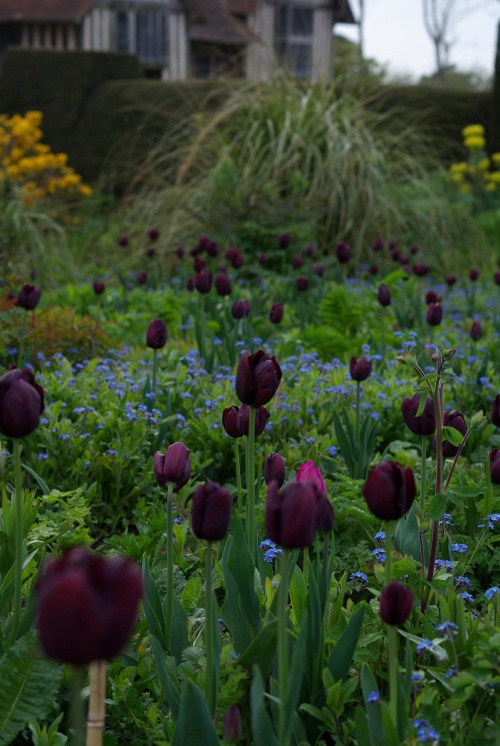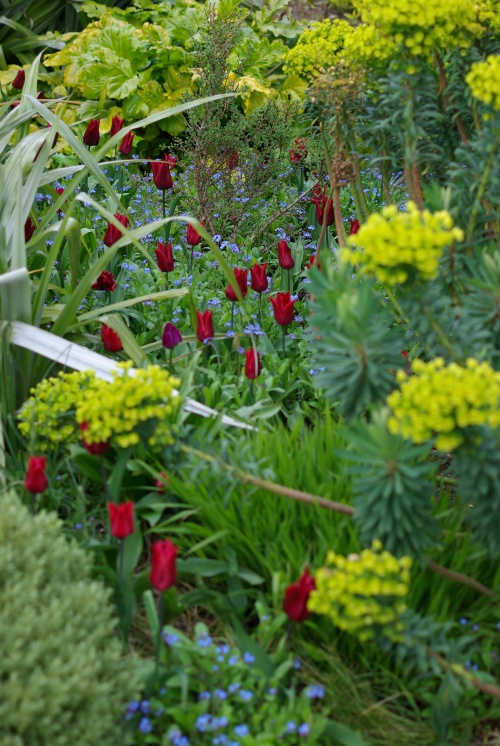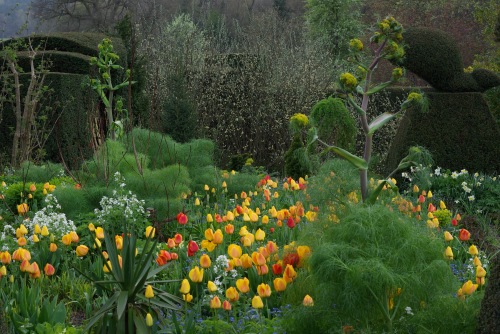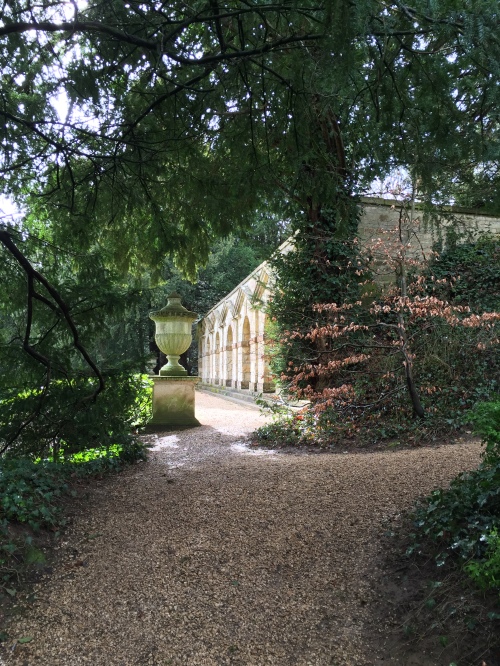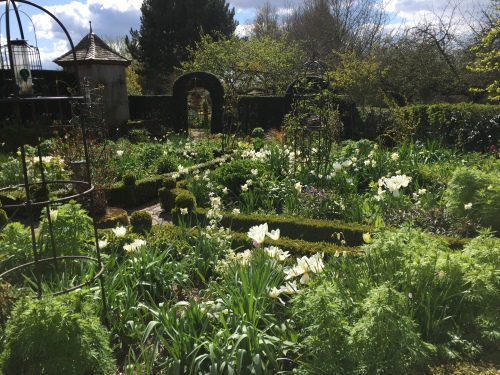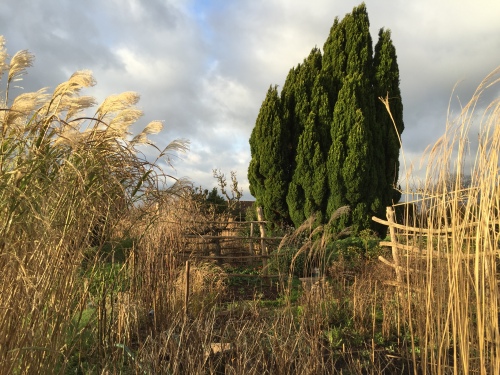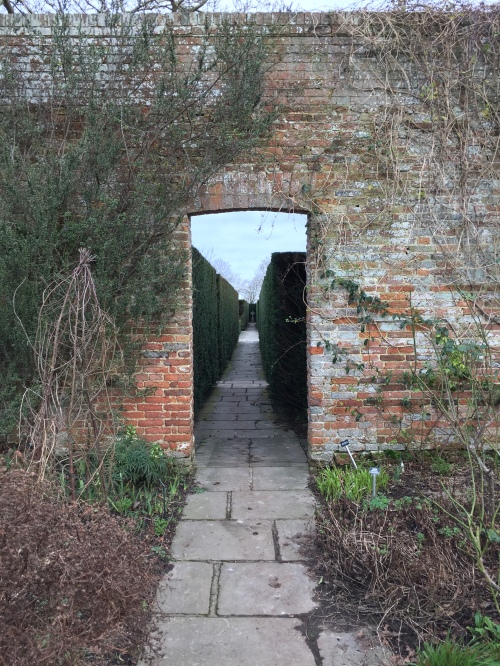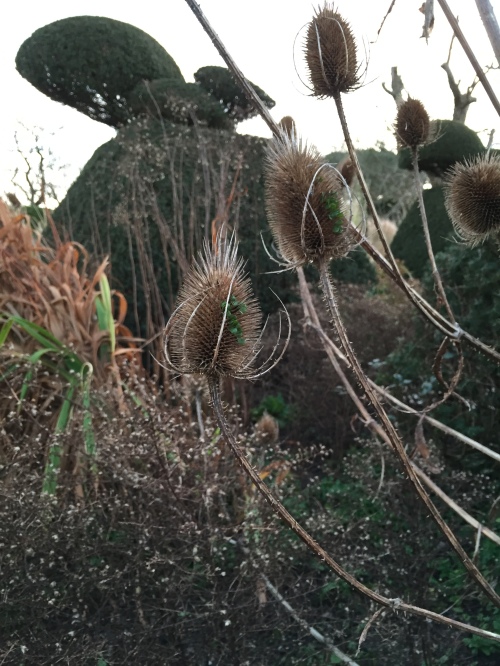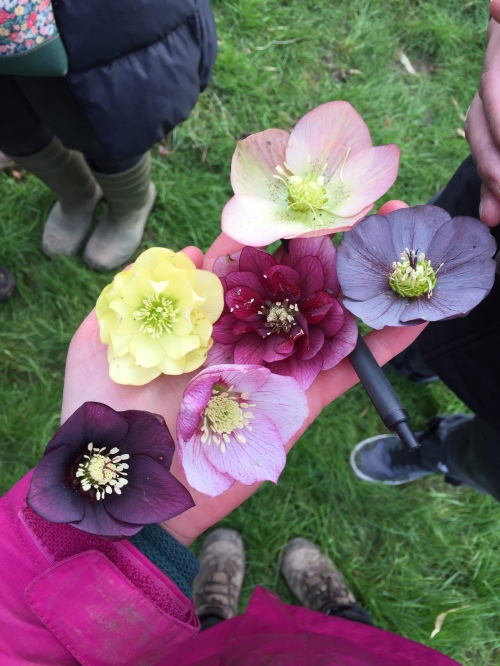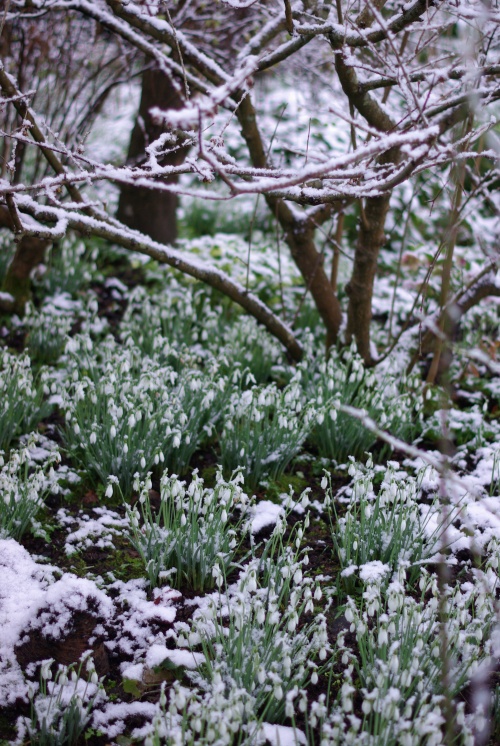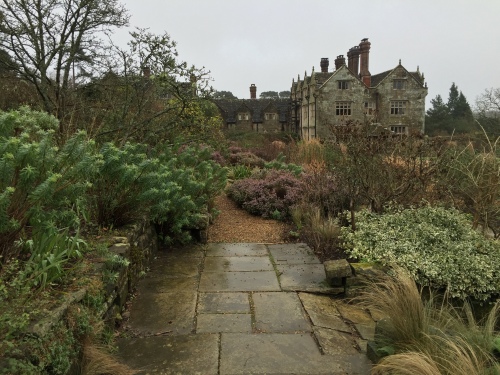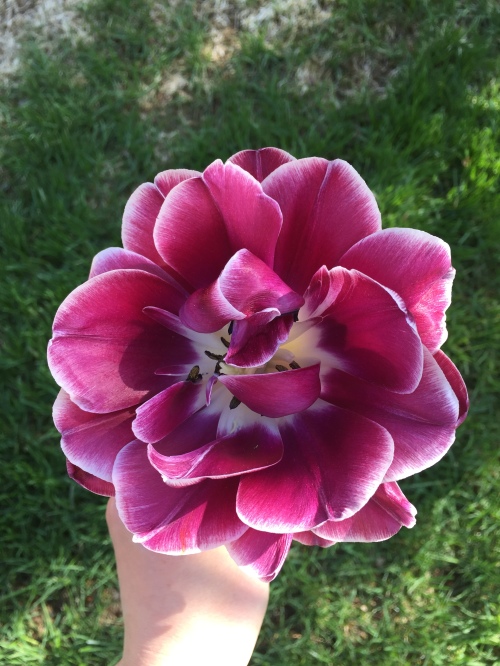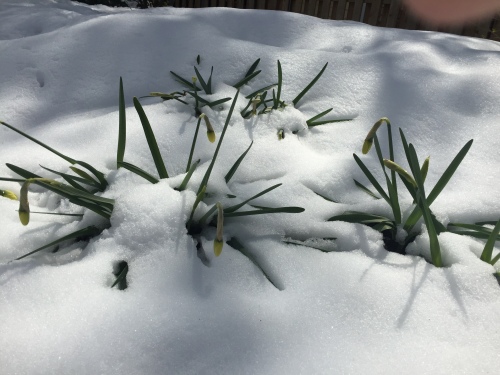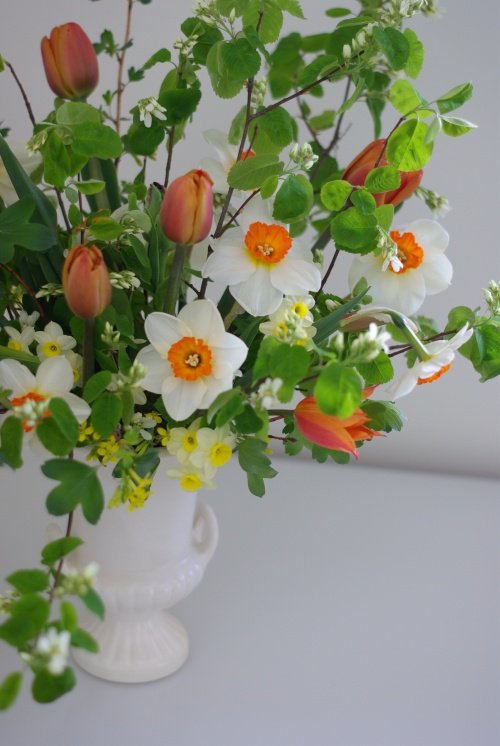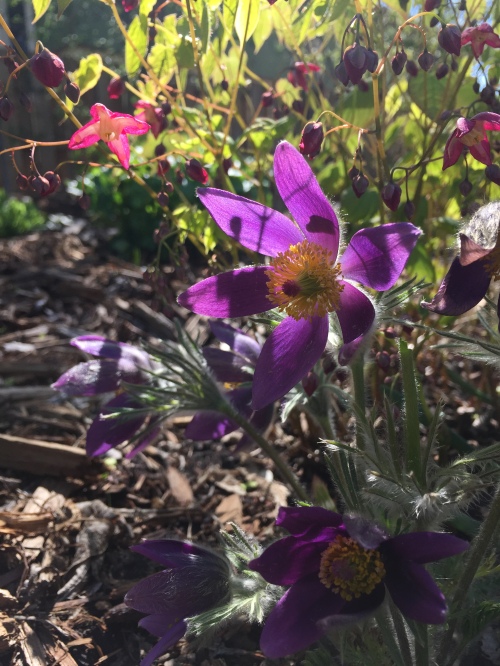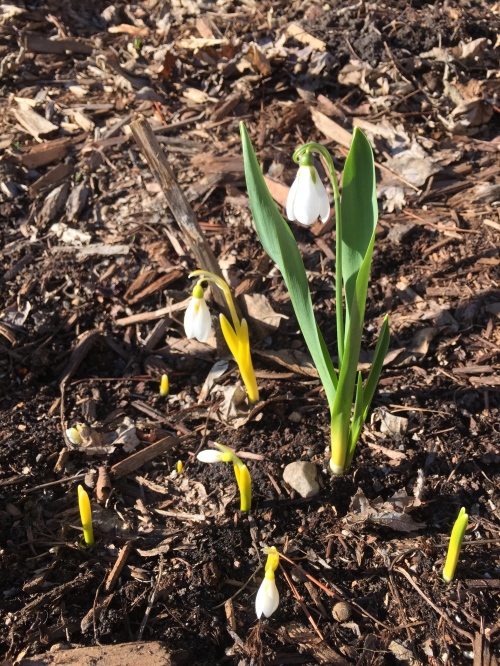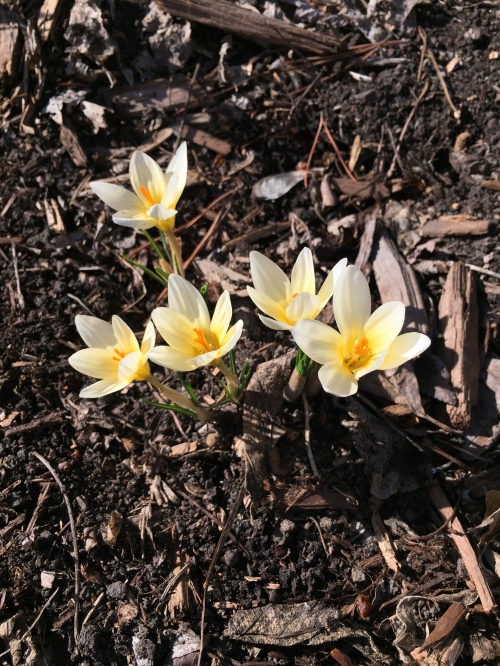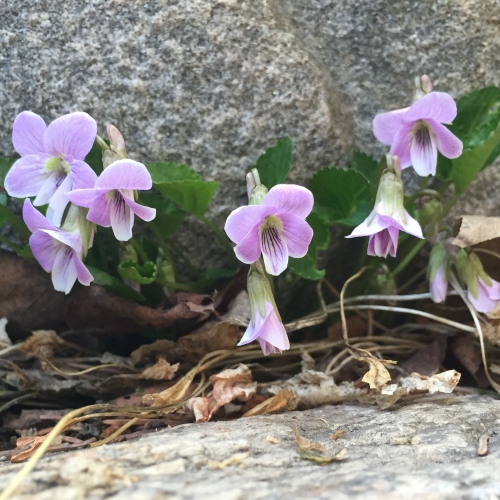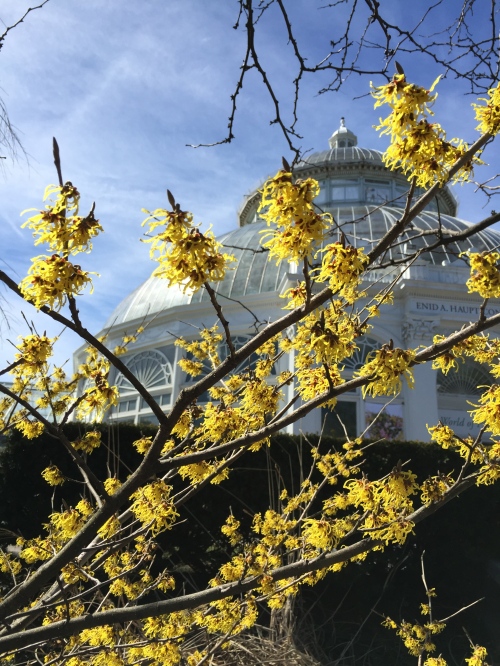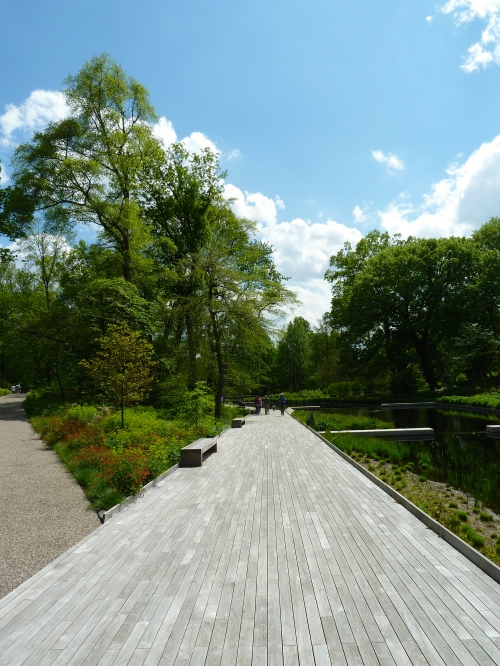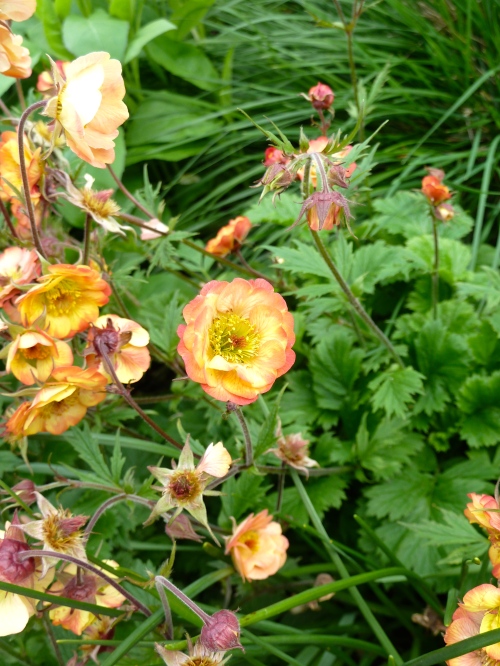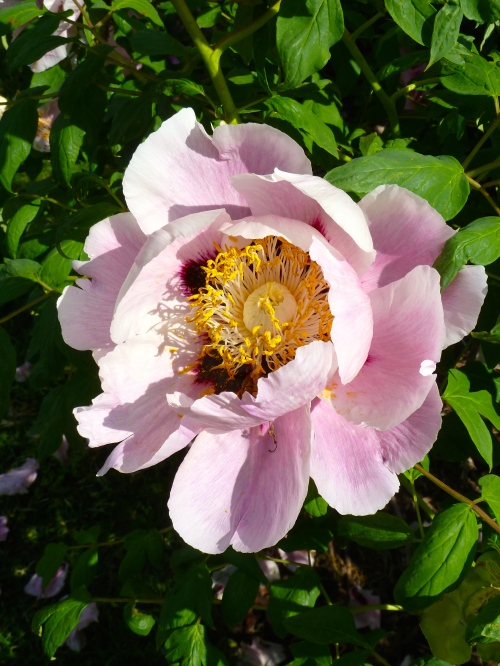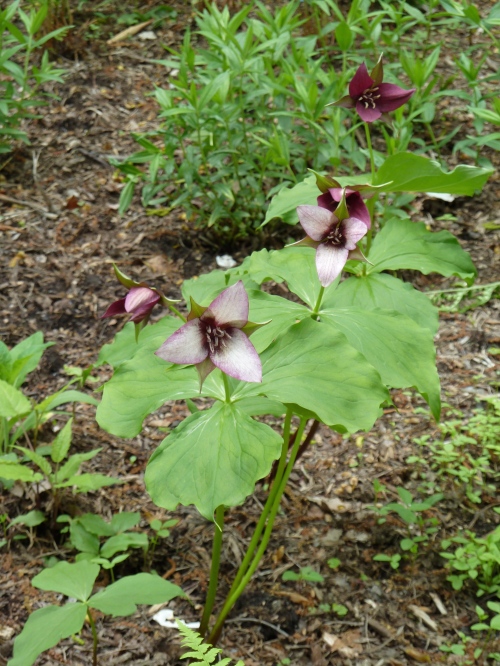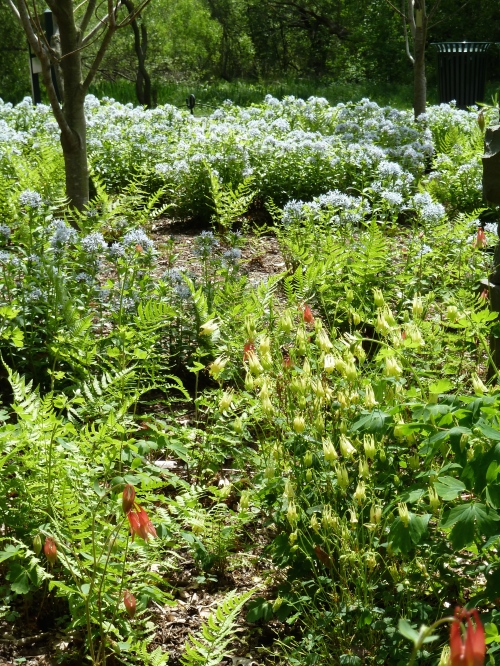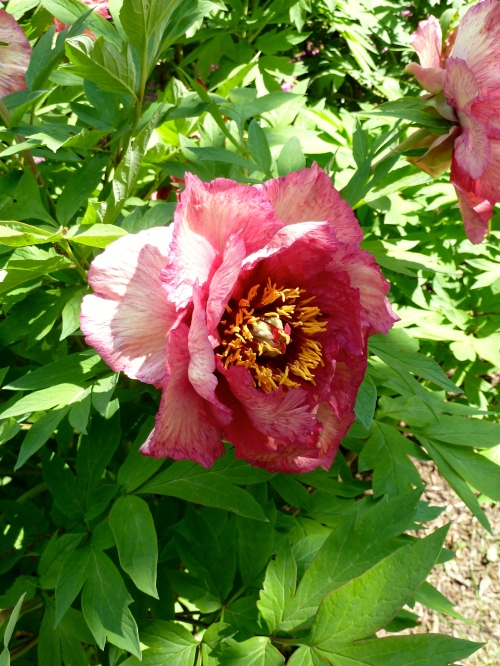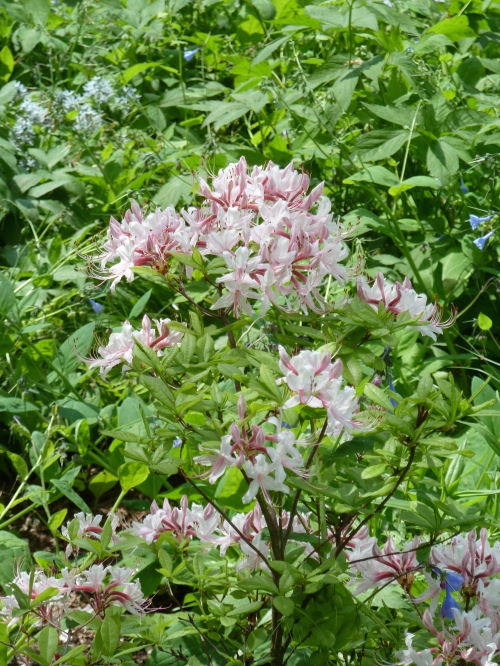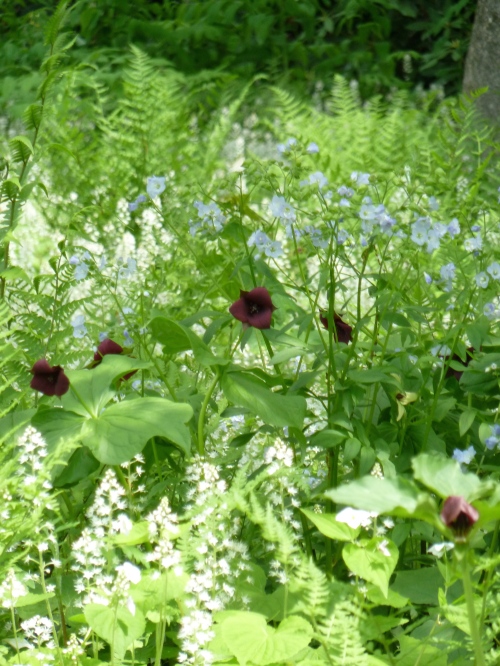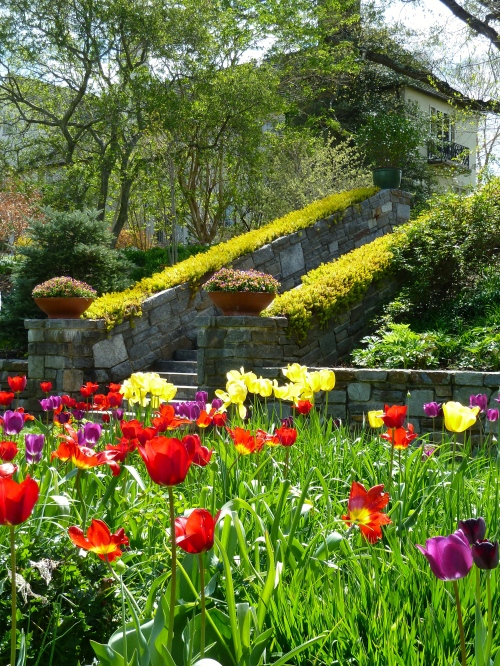Most evenings I wander the Beth Chatto Gardens, where I now live, alone. I don’t quite have a route like I did at Dixter – but the spaces are slowly becoming familiar to me. Since the snowdrops peaked about a month ago, spring has accelerated to that point where the daily growth is now visible. Things bud, bloom and fade in what feels like a matter of days, especially in the woodland and shade beds, which are crammed with all manner of tiny gems.
Today I spent some time on my knees admiring the Erythronium ‘White Beauty’ dotted amongst a sea of Anemone nemorosa ‘Flore Pleno.’ They harmonize beautifully, with contrasting foliage and inflorescence, but the same flushed cream buds and pure white flowers.
While the woodland garden is very much a ground level show, the panorama views in the water garden are sublime, especially with the slanted evening light. Prunus ‘Tai-haku’ is absolutely stunning right now. The clouds of white blossoms with delicate pink stamens, reach down to meet the emerging fern fronds below. It stands out against a background of just barely budding trees and the enclosing black outlines of oaks.
I’ve enjoyed getting to know everyone at Beth’s and we’re slowly settling into some semblance of a routine. I alternate 4-day weeks in the nursery and the garden, with a flexible Friday that has lately been dedicated to things like making flower arrangements for the house and shop, and devising installations for the tea room, in addition to potting up various bulbs and tubers, and pricking out seedlings that are destined for my cut flower border. The joy of cutting and arranging from the garden hasn’t worn off, nor the pleasure of such tasks as cutting all the yellow hellebores in the stock beds (the flowers are just a waste of energy when the plant is to be divided).
The garden and nursery do lay bare the yawning gaps in my plant knowledge and I wear my company shirt with a bit of dread these days as more and more plants catch the visitors’ notice that I don’t know. I’m picking things up, but realistically I should be studying more. It’s hard to find the energy after work though, and I try to get a good chunk of socializing in on the weekends to stave off any feelings of being trapped in the middle of nowhere.
It’s strange to compare the differences a year and a new garden bring. I often felt like I was losing touch with reality at Dixter, high on plants and people willing to talk about them. April proved particularly surreal. The weekdays passed in a haze of weeding, planting, and potting on, and the weekends were consumed with road trips and gardens (Rousham, Stourhead, Gravetye, Sissinghurst, Chatsworth…). I moved into the house, with its particular smell of old fabric and woodsmoke, constantly creaking stairs, the tiny gabled kitchen that hardly had room for the five of us students, and happily shared a room overlooking the long border. I relished the constant company.
This exact weekend last year, we were caught up in the whirlwind that is the Dixter spring plant fair. I was in charge of organizing the plant stand and we duly cut down a willow tree to cascade over it, spent hours moving hay bales and trolleys of plants, baked lots of cake for the cake stand and over two days made countless pots of (bad) coffee and tea. I fawned over Barnhaven’s primulas and Monksilver’s tiny treasures, and bought Beth Chatto anemones as a present. It was exhilarating and exhausting; we ended up hiding out in the bluebell woods for a bit.
This year, I went down with the Beth Chatto crew on Saturday morning, gratefully free of the responsibilities Dixter-ites bear. We quickly set up the stand and were selling plants within two hours of arrival. Apparently we even had a sales record this year!
I have to admit, I was more excited to see everyone than the garden itself. The people are as warm as ever, but for all that the garden once felt like home, it is now largely impenetrable to me. I’ve been twice this spring and both times found myself staring with bemusement at the overflowing beds (although the crocus lawn this year had me on my knees with joy).
After a stumble through the stock beds, it was a relief to emerge into the familiar confines of the Peacock Garden. The view down towards the cat garden, with the flowering prunus in the meadow just visible over the top of the long border hedge, is a week or so away from exploding into technicolour with tulips and ferula. It immediately reminded me of the weeks we spent carefully tiptoeing around the hundreds of bulbs while weeding, planting, and (god help us) tickling out.
I miss being part of that motley crew some days, but I hope a few will come visit me. I keep offering a (non-luxury) stay in my caravan, but somehow that hasn’t been a selling point. The banana cake and peanut butter muffins I distributed at least proved I can still put together a decent tea. I thank Amazon for my toaster oven every day.


